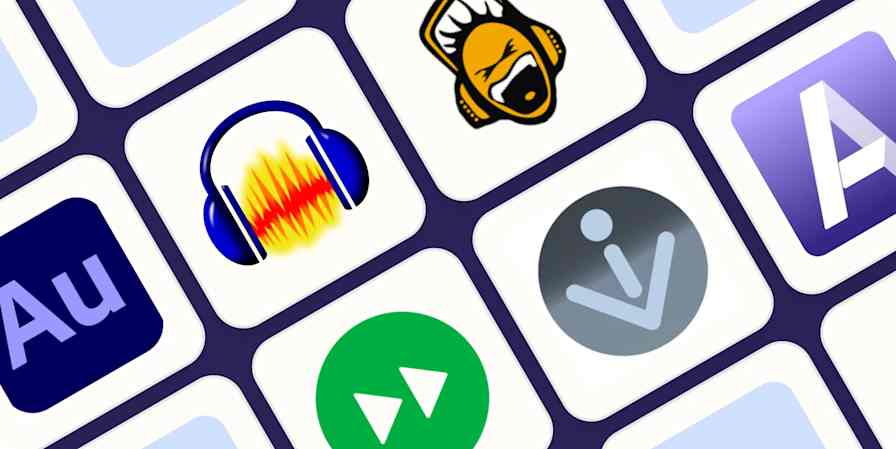Marketing tips
4 min read5 videos you should embed on your website
Video isn't just for YouTube and social. Here are the types of videos you should share with your audience right on your website.
By Victor Blasco · October 1, 2021

Get productivity tips delivered straight to your inbox
We’ll email you 1-3 times per week—and never share your information.
Related articles
Improve your productivity automatically. Use Zapier to get your apps working together.








